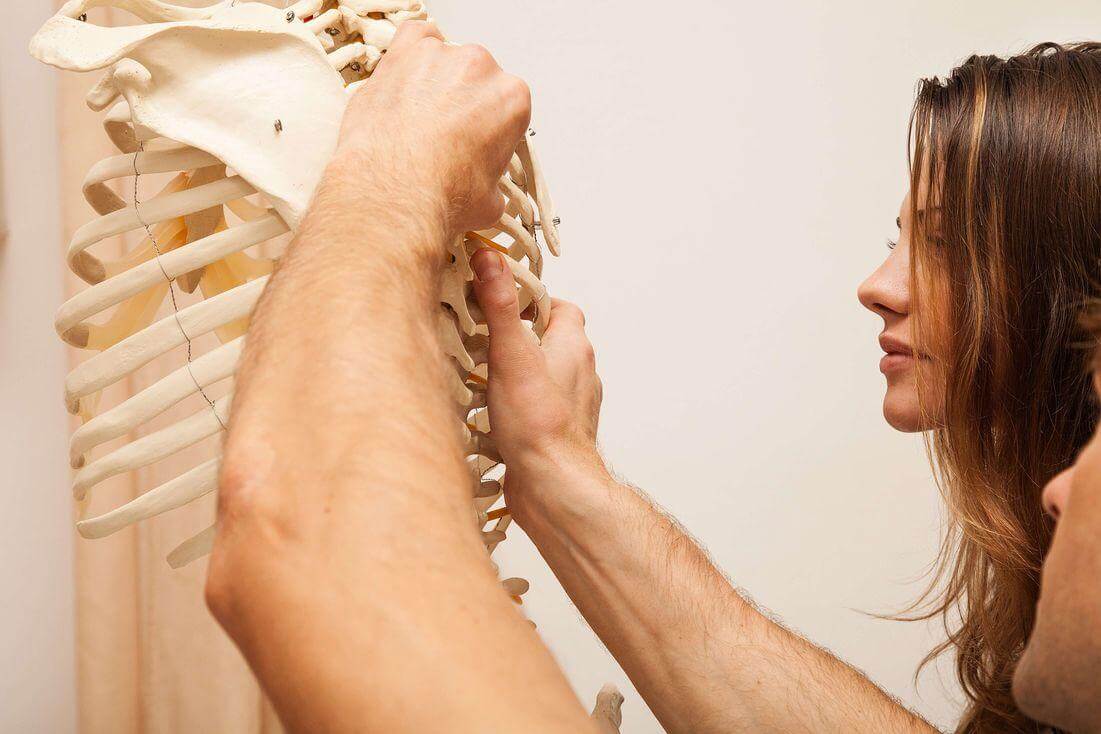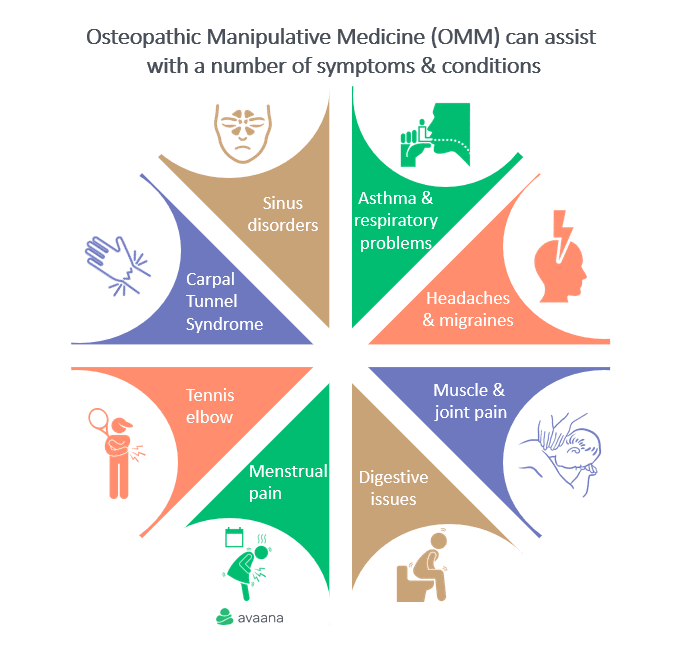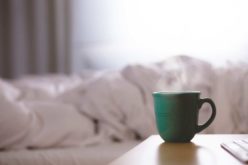As kids we drank glasses of milk because our parents said they strengthen our bones. But as adults we know that sometimes we need more than a calcium fix. This is where turning to an experienced osteopath may make all the difference. In fact, osteopathy is all about restoring balance to our bodies. As such, rather than just focusing on the obvious symptoms of illness or injury, osteopathic treatment aims to heal the whole body in order to restore balance. This means that your osteopath will aim to detect the root cause of the pain and discomfort before treating your whole body.

A bit about osteopathy…
Osteopathy was founded in the late 1800s by Dr Andrew Taylor Still, who developed a way of treating people using just his hands. Nowadays, university trained professionals – osteopaths – continue to treat problematic joints, muscles and the spine using their hands. In fact, osteopaths can identify errors of the body and heal problem areas with techniques such as:
- massage
- spinal adjustments
- dry needling
- stretching
- pressure application
- resistance exercises and training
While many of those techniques are familiar to most people, the idea of spinal adjustments can be a little daunting for some. However, there is nothing to fear! According to Osteopathy Australia, osteopathy has been practiced in Australia for over 100 years and taught in universities since the early 1980’s. As qualified and experienced allied health professionals, osteopaths are trained to realign your body through adjustments. Adjustments are often associated with popping sounds, however, this isn’t always case. If you do hear a ‘pop’ or ‘crack’, you can rest assured that it is a natural by product of the process. How? Well, when your body is properly adjusted through the application of appropriate pressure in a specific direction to your joints, the air released sometimes results in that popping sound.
Similarly, while resistance bands are commonplace in personal training sessions and pilates classes, you might be surprised to learn that an osteopath might also use this in your treatment. In fact, resistance techniques are a great way to help restore your overall health and wellbeing. Resistance bands can help strengthen and exercise certain joints and muscles. These bands are similar to ones you may have seen at the gym or your pilates class. They come in several strength levels to suits your needs. Your osteopath will design a specific resistance program for you, so that you can continue treatment at home.
OMM = Osteopathic Manipulative Medicine
Osteopaths believe that if the body works together as a whole, good health and functionality may be achieved. Accordingly, they use their hands-on techniques to improve circulation and correct errors in our skeletal systems. This is what they refer to as Osteopathic Manipulative Medicine (OMM), or Osteopathic Manipulative Treatment (OMT). OMM aims to improve health and wellbeing for patients. In this way, osteopaths take an holistic, whole body approach.
Before using OMM to heal your body, practitioners examine how your skeleton, joints, muscles, nerves and circulation are affecting your health and wellbeing. This helps them diagnose your condition and the state of your wellbeing better. Osteos then use their hands to treat you and ultimately prevent illness and injury. In fact, osteopaths have been known to possess a “healing touch” because they can rectify errors of the body through touch.
OMM provides natural pain relief and has proven to help many problems, including tennis elbow, migraines, menstrual pain, digestive issues and muscular and joint pain.

Drug-free, stress-free treatment
Osteopathy is typically a drug-free practice, which means you may be able to use OMM as a stand alone treatment. However on occasion, depending on the severity of your injury or illness, your osteopath might recommend medication or that you undergo surgery.
OMM is also typically a stress-free treatment. This means that it should not typically cause you any distress. For example, if you have pre-existing injuries that require hands-on treatment, the pressure applied to the sore areas might result in immediate discomfort as your practitioner tends to the area. However, your osteo will have several techniques that they can use to possibly avoid any discomfort or unwanted sensations. Remember, the aim isn’t to hurt you. After all, osteopathic medicine is a healing art form.
Obviously, if you have any concerns, pre-existing ailments or questions, it is important that you communicate this with your osteopath.
As with any manipulative, hands-on technique (like massage), it’s not uncommon for patients to experience mild soreness following treatment. This is because practitioners tend to the whole body using lots of massage work. They focus on relaxing your muscles first prior to readjustment. This helps prevent excessive aggravation and helps you feel more at ease throughout treatment. Accordingly, the tenderness you may feel after OMM is a result of your osteo introducing movement to once restricted areas and it naturally takes time for tightened muscles to relax. In time, your health is restored and improved through treatment.
Interested in trying osteopathy? Share your thoughts or experiences in the comments section below.



